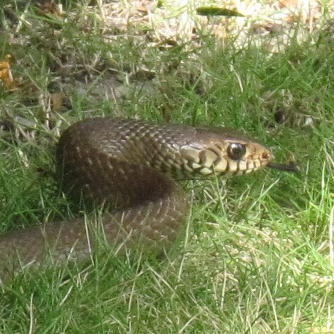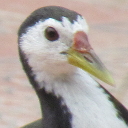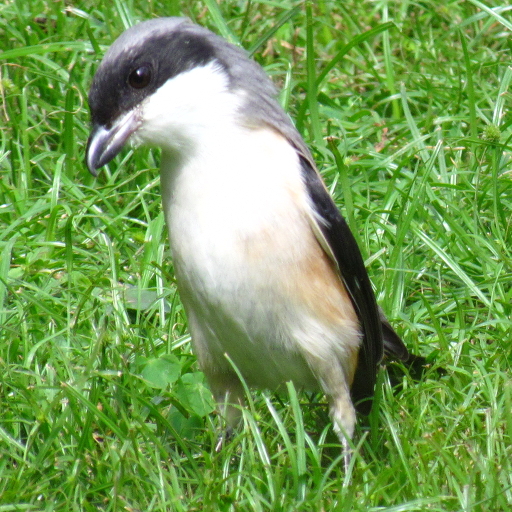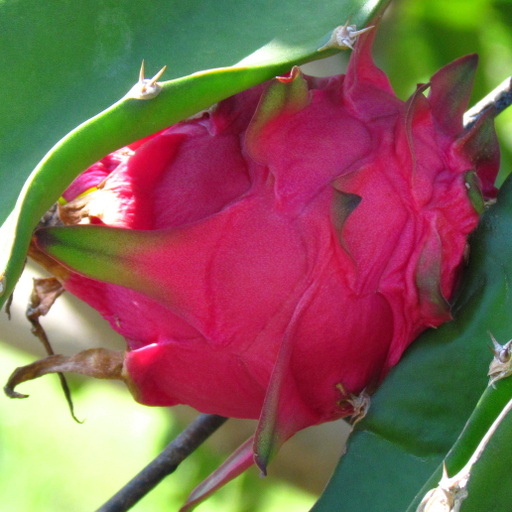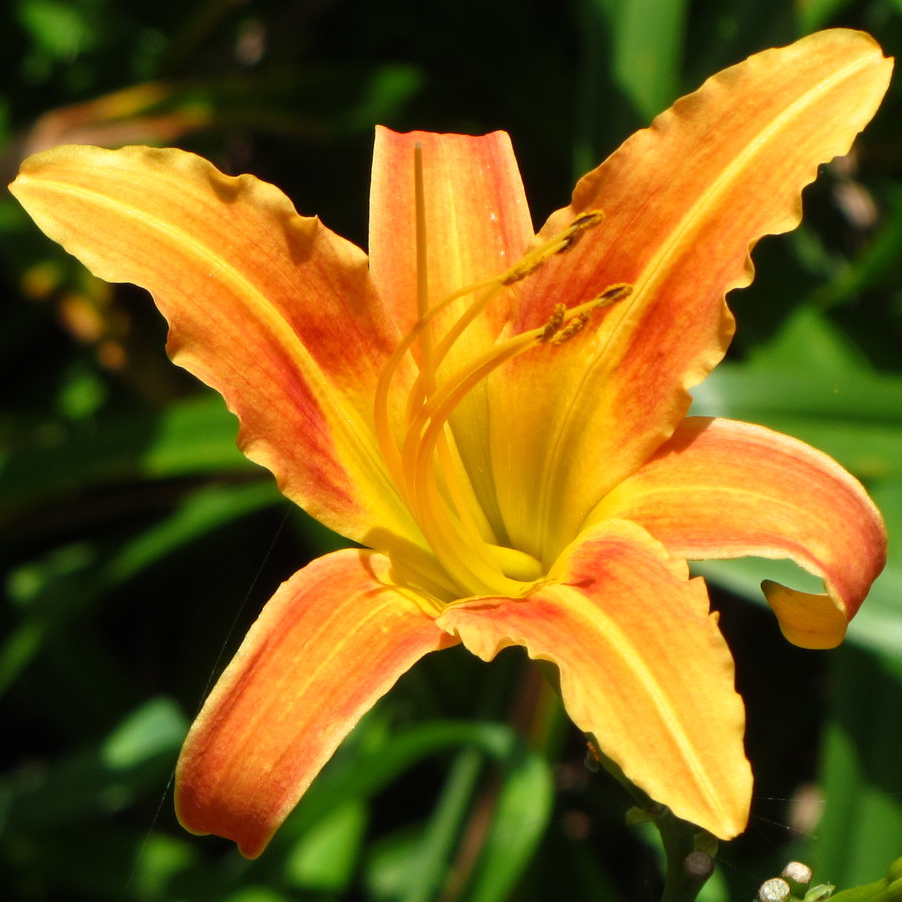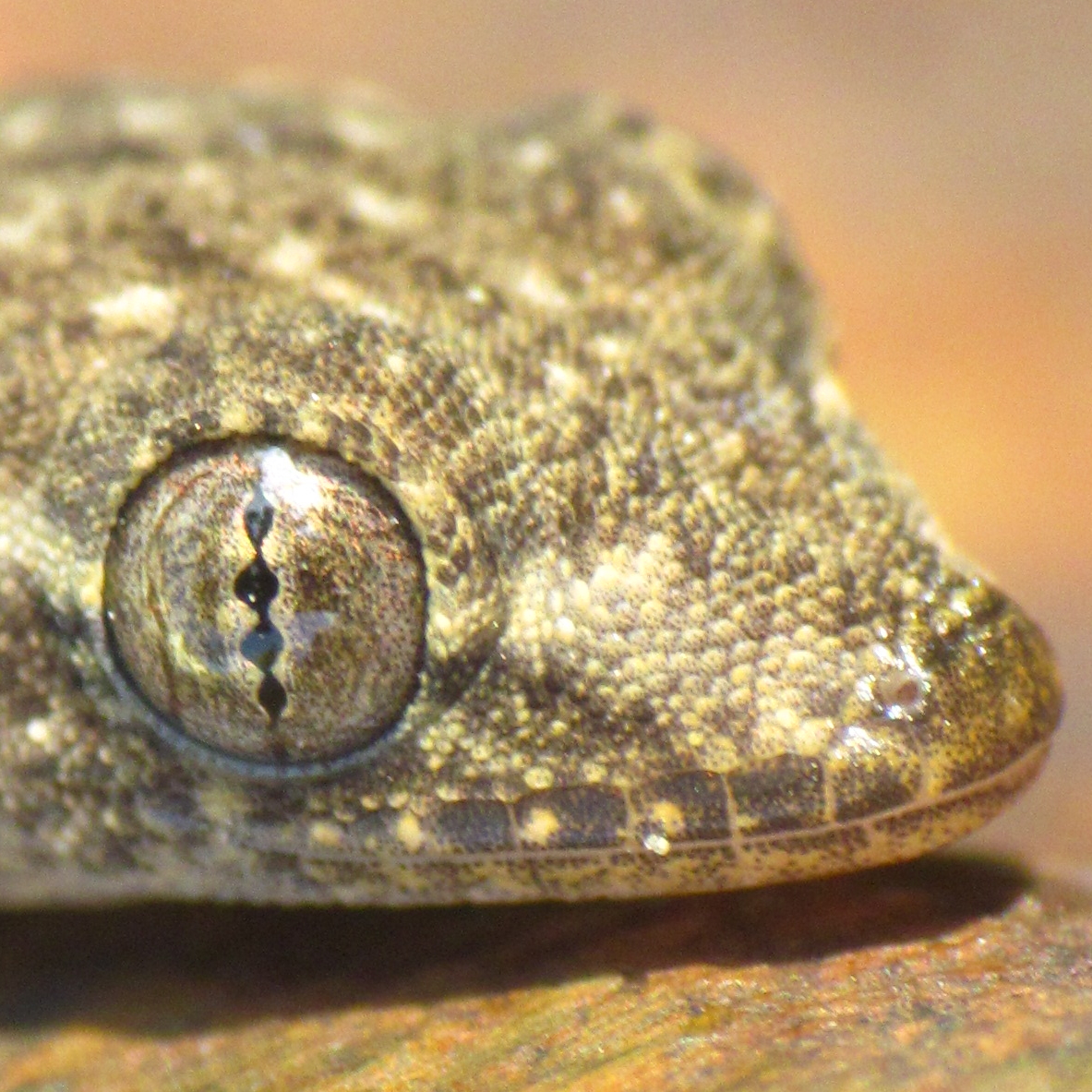
It’s always a pleasure to discover that a new species of bird has moved into one’s garden to start a family. Such was the case earlier this year when a pair of collared finchbills (Spizixos semitorques) established their residence in one of the trees near my house, thus becoming regular sight throughout the day. These are very pretty birds, medium sized (around 20 centimetres from head to tail) with green bodies, black heads and white “collars” which give them their name. They are skilled fliers, quite noisy at times and, like their bulbul cousins, are not particularly scared of people. Read More

